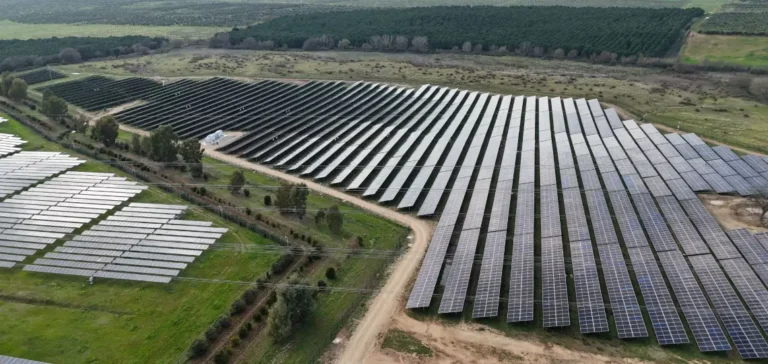Mexico plans to attract between $6bn and $9bn (MXN109.2bn to MXN163.8bn) in private renewable energy investment by 2030, according to Jorge Islas Samperio, Undersecretary of Energy Planning. This ambition is part of a new energy development model promoted by President Claudia Sheinbaum’s administration, which aims to combine public and private capital to strengthen national energy security.
The government’s objective includes adding between 6.4 GW and 9.5 GW of renewable capacity through private sector initiatives, supported by battery storage solutions. These projects would complement investments announced by Comisión Federal de Electricidad (CFE), the state-owned electricity operator, which plans to allocate $23bn to twelve new generation projects by 2030.
A legal and financial framework yet to be defined
During a forum held in Mexico City on June 5, several industry stakeholders expressed concerns over the absence of a defined regulatory and commercial framework. “On paper, it’s easy to announce 6 to 9 GW, but the model must be bankable — and that’s still unclear,” said Narcís de Carreras, Chief Executive Officer of project developer Valia. He noted that several mechanisms that previously supported sector growth are no longer permitted.
Among the twelve projects announced by CFE are six solar plants with battery storage, five combined-cycle natural gas plants, and one internal combustion facility. The expected additional capacity is 3.4 GW from gas-fired installations and 1.6 GW from solar projects, according to ministry data.
Natural gas maintained as a stability pillar
Despite the stated commitment to renewable energy, the government plans to continue relying on natural gas to ensure grid stability. Battery storage capacity is expected to reach nearly 2 GW, but Jorge Islas Samperio acknowledged that the need for dispatchable energy requires continued reliance on gas.
National natural gas demand averaged 8.9 billion cubic feet per day (Bcf/d) in 2024, an increase of 200 million compared to 2023. This upward trend, driven by industrial consumption and electricity sector needs, is projected to reach 9.4 Bcf/d in 2025, with a forecast of 11.3 Bcf/d by 2030, according to S&P Global Commodity Insights.
Infrastructure gaps and diverging forecasts
Vania Laban, President of the Asociación Mexicana de Gas Natural (Mexican Natural Gas Association), highlighted that demand growth is not matched by a clear infrastructure strategy. “There are real needs across all sectors of the Mexican economy, but it is not clear how or when they will be addressed,” she said.
The Mexican administration projects national electricity demand to reach 64.9 GW in 2030, with 38% supplied by clean sources. However, S&P Global Commodity Insights estimates current peak demand at 50.7 GW and expects it to grow at an annual rate of 2.7%, reaching 65 GW by 2035 — five years later than the government’s projection.
Jorge Islas Samperio stated that new investment rules would be released in the coming weeks, without detailing the mechanisms or access conditions.






















